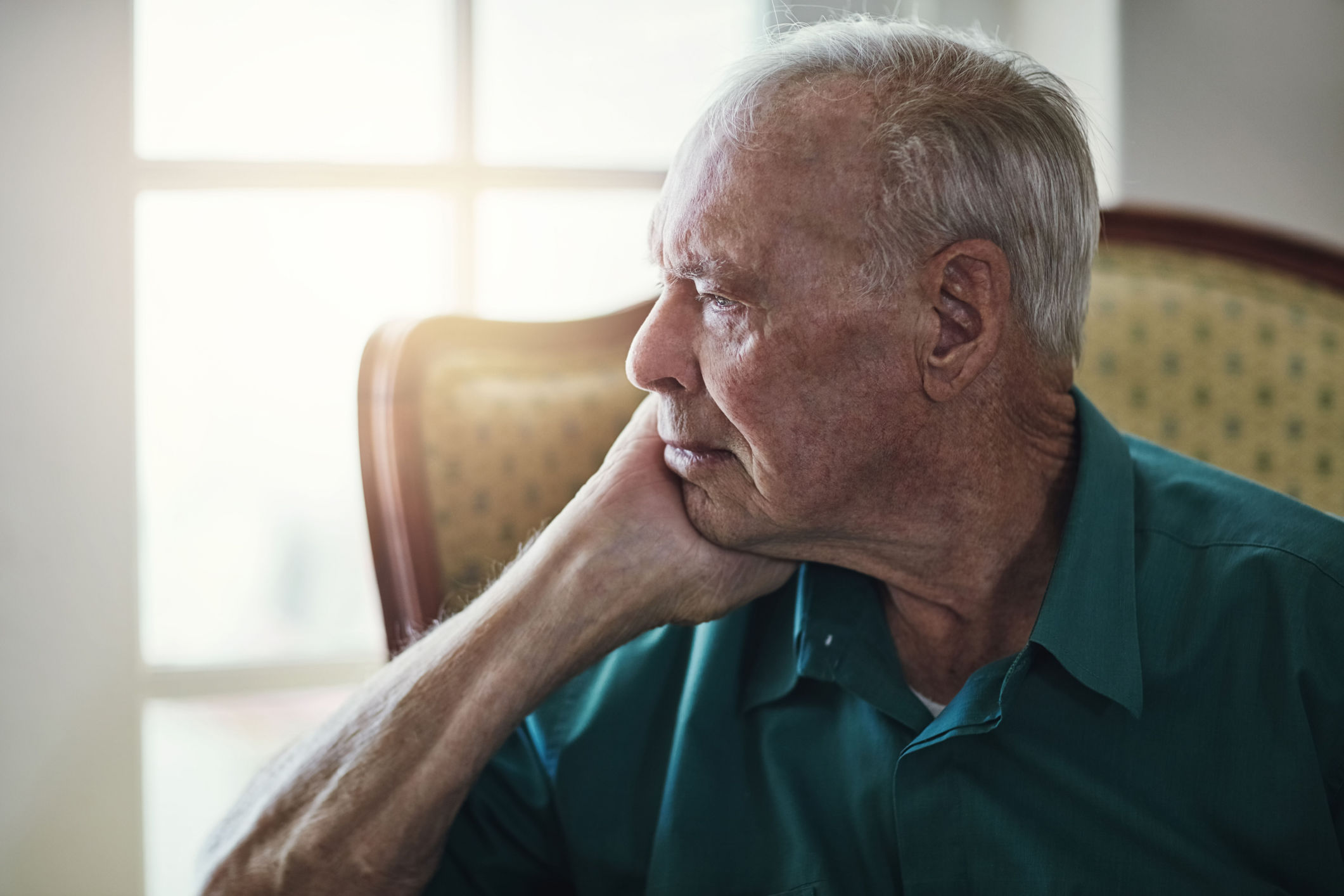
The impact of loneliness in aged care may have become more prominent during the height of the COVID-19 pandemic, however, residents have long felt the effects of isolation once they make the permanent move out of home.
Doctor Barbara Barbosa Neves, Senior Lecturer of Sociology and Anthropology at Monash University, has studied the lived experiences of loneliness, isolation and exclusion among aged care residents. She said residents often feel abandoned, rejected, damaged or sick and the emotional pain caused by loneliness can be debilitating.
“We must see loneliness as both a personal and a social issue. It is personal because it affects the individual. But it is social because it relates to a lack of meaningful social relationships, and it is influenced by societal contexts and values,” Dr Neves explained.
“For example, we constantly praise independence, self-sufficiency, youth, mobility; people who are very outgoing and have many friends and contacts. So, older people who feel lonely, particularly in aged care facilities, see themselves as lacking in all those aspects. They think they are no longer interesting or relevant. However, they live in restrictive settings and deal with health circumstances that limit their opportunities for meaningful social interactions.”
Intense feelings of guilt and self-blame are also common as the individualistic approach to loneliness often places the blame on the person experiencing it. Though your residents may have no control over visitors or relationships, they likely internalise guilt over what they’ve lost.
“They don’t want to be a burden. They already feel stigmatised because they are frail, old, and require aged care. Admitting to loneliness adds another heavy weight to their circumstances. The stigma of loneliness often interacts with other stigmas in later life: frailty, ageism, ableism,” Dr Neves said.
Technology will provide countless benefits for aged care, including increased resident safety, less admin burden for staff and reduced manual handling for workers. But when it comes to your residents, you don’t want to be swept up by it.
While AI and robot companions may interact with residents, they don’t always address complex social needs, loneliness and resulting negative mental health impacts. Financial restrictions are an additional barrier which means your current goals and aspirations for new technologies might not be possible on a large scale, so be sure to plan thoroughly.
“The introduction and use of robots in aged care must be done as part of a suite of services that are implemented together, not in isolation or as separate ‘solutions’. We must also ensure that robots and AI are only used if they can, in fact, contribute to high-quality care, complementing existing practices,” Dr Neves said.
“Many promises are made about what robots and AI can offer in aged care but those promises are frequently exaggerated, or they miss the complex contexts of aged care like an infrastructure that is not set up for technological innovation.”
Aged care needs to remain focused on providing quality relationships and meaningful interactions. This is especially important as digital technology can have negative outcomes for residents who lack external social networks and families willing to spend time with them.
“During the pandemic, older people living alone in the community told us that digital technology helped them connect with loved ones. But it was only helping alleviate their loneliness when used for rich interactions, for example, when they were on Zoom playing with their grandchildren or helping them with their homework,” Dr Neves said.
“But when it was used for brief chats, small talk, or superficial conversations, it made them feel more disconnected and lonelier. One participant said that she was getting three-minute video calls from her son, which made her feel like a ‘to-do list’ item that needed to be quickly crossed out.”
Australians aged 75-plus are the least proficient with digital technologies and aged care providers can play a pivotal role in encouraging digital literacy education. If you are providing residents with the means to video call friends and family, or giving them technology promoting social interaction, support them through regular training that promotes independence.
Residents or volunteers that are more proficient with technology may also be able to help others, which in turn combats loneliness by building meaningful relationships. Even though technology is the focal point of the interaction it essentially acts as a tool for real-life companionship.